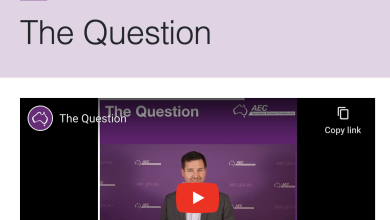In February 1990, the Reserve Bank of Australia (RBA) decided to lower the official cash rate from 17.5% to 17.0%. Had you at that point called for projections as to when the rate would dip below 2%, more than likely the most popular call would have been ‘never’.
It took a while, but ‘never’ arrived in May of this year, when the cash rate was lowered by 0.25% to 1.75%. It has since been lowered a further 0.25%, currently standing at 1.50%.
Let’s revisit our deliberations of early 1990 and this time ask ourselves when might the cash rate return to the 17% area. Perhaps ‘never’ might not seem quite as implausible.
Notwithstanding the interest value of these types of discussions, their practical value lies in the fact that they remind us as investors, borrowers, lenders and savers to be aware of a key fact: despite an overt appearance of stability, things do change over time.
Perhaps we have reached a turning point in what has been an extended downward trend in interest rates, with a renewed upswing emerging.
In my opinion this is indeed the case. Three key data points lead me to this view.
First, economic activity in the US is clearly on an upward path. Moreover, the sustainability of this growth is becoming more assured. US Commerce Department data shows that, over the three months to September, the US economy grew at an annualised rate of 3.2%, adjusted for inflation.
The chart above (a) puts this into historical context, clearly illustrating the pace of the current expansion in the US economy and the extent of its rebound from the GFC-induced depths of 2009.
Second, US household spending, by far the largest single component of the US economy, grew at an annualised rate of 2.8%, well ahead of earlier estimates closer to 2%. Furthermore, US shoppers appear likely to carry on spending into the year-end holiday shopping season with the Conference Board’s forward-looking index of consumer confidence rising to a nine-year high in October. Further indicative of US consumers’ optimism is the fact that, compared to last year, online sales jumped 17% on Black Friday, the day after the Thanksgiving holiday and a key US shopping day.
Third, the US labour market is strengthening, providing a sound underpinning for consumers’ optimism. Non-farm payrolls grew by more than 145,000 in November, admittedly not quite up to market expectations, but nevertheless sufficient to lower the unemployment rate to 4.6% from 4.9% previously.
The chart above (b) shows steady progress made in US job creation since the recessionary period of 2008-09. Significantly, it shows that, at sub-5%, unemployment has returned to levels that prevailed during the previous expansion.
In aggregate, these data points suggest that US economic activity has strengthened to an extent that is consistent with the recent rise in US bond yields. Moreover, the upward trend in yields should continue as the inflationary impact of capacity constraints eventually makes its impact felt. US official interest rates must rise to reflect and indeed pre-empt this new reality. An increase appears all but certain this month.
Higher US interest rates necessarily imply a corresponding movement here in Australia. The importance of this cannot be overstated.
For investors, the early stages of a rising interest rate environment present a unique challenge and investment opportunity. By positioning themselves in companies whose operations are sensitive to the impact of the economic cycle, and have strong pricing power, investors can potentially benefit within an environment that is typically characterised by a strong uplift in earnings and profitability.
Clifford Gadd is a writer for The Word Genie. Gail Gadd is an Authorised Representative of Lifespan Financial Planning and has an interest in The Word Genie. The views expressed here are those of the author.










